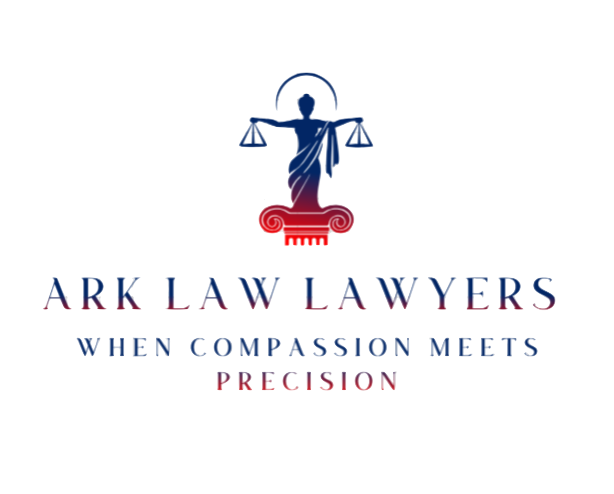Family Court Litigation
In New South Wales (NSW), Family Court litigation refers to legal proceedings that take place in the Family Court of Australia or the Federal Circuit Court of Australia concerning family law matters. Family Court litigation typically occurs when disputes between family members, especially spouses or de facto partners, arise and cannot be resolved through negotiation, mediation, or other alternative dispute resolution methods. Here are some key points regarding Family Court litigation in Australian law:
Family Law Matters: Family Court litigation covers a range of matters related to family law, including divorce, property settlements, child custody, child support, spousal maintenance, parenting arrangements, and domestic violence issues. These matters can be complex and emotionally charged, requiring legal intervention and court resolution.
Jurisdiction: The Family Court of Australia has jurisdiction over more complex and significant family law matters, while the Federal Circuit Court of Australia generally handles less complex cases. Both courts have the authority to hear and determine family law disputes and make binding orders.
Initiating Proceedings: To commence Family Court litigation, one party (the applicant) files an application with the relevant court, outlining the issues in dispute and the orders sought. The application must comply with the court’s requirements and may involve supporting documents, such as financial statements, affidavits, or evidence of domestic violence.
Legal Representation: Engaging legal representation, such as a family lawyer, is highly advisable in Family Court litigation. Lawyers can provide guidance, assist in preparing the necessary documents, advocate on behalf of their clients, and navigate the complexities of the legal process.
Case Management: Once the application is filed, the court will manage the case through a series of procedural steps, which may include directions hearings, interim hearings, and dispute resolution conferences. The court aims to promote timely resolution, encourage negotiation, and ensure the matter proceeds efficiently.
Court Hearings: If the parties are unable to reach a settlement through negotiation or alternative dispute resolution, the court will schedule a final hearing. During the hearing, both parties present their cases, including evidence, witnesses, and legal arguments. The judge or judicial officer then considers the evidence, applies the relevant law, and makes a decision or orders.
Court Orders: Following a final hearing, the court will issue orders based on its findings and conclusions. These orders are legally binding and must be followed by the parties involved. Orders can cover various aspects, such as property division, child custody arrangements, child support obligations, and spousal maintenance.
It’s important to note that Family Court litigation can be a lengthy and costly process, and it is generally encouraged to explore alternative dispute resolution methods, such as mediation or negotiation, before initiating court proceedings. Seeking advice from a qualified family lawyer is recommended to understand the specific legal processes and requirements involved in Family Court litigation in NSW and to protect your rights and interests.

When attending a court hearing
Attending a court hearing in the Family Court in NSW can be a significant and sometimes daunting experience. Here’s an overview of what you can generally expect when attending a court hearing in Family Court in NSW:
Courtroom Environment: The courtroom is a formal setting where legal proceedings take place. It typically consists of a judge or judicial officer, court staff, lawyers representing the parties involved, and sometimes, members of the public or support persons. The atmosphere is usually respectful and focused on the legal matters at hand.
Dress Code: It is important to dress appropriately and professionally for court. Business attire is typically expected, such as a suit or dress. Avoid wearing casual or revealing clothing, as it may be seen as disrespectful or inappropriate in a formal setting.
Timeliness: It is crucial to arrive at the court well in advance of the scheduled hearing time. This allows for necessary security checks and provides an opportunity to find the correct courtroom and familiarize yourself with the surroundings.
Courtroom Etiquette: Courtrooms have specific rules and etiquette that should be followed. This includes addressing the judge or judicial officer as “Your Honour” and standing when they enter or leave the courtroom. It is essential to maintain respectful behavior, avoid interrupting others, and follow any instructions or directions given by the judge.
Seating Arrangements: The parties involved in the case and their legal representatives typically sit at separate tables or benches. The applicant (person initiating the proceedings) usually sits closest to the judge, while the respondent (the other party) sits on the other side. Support persons or family members may also have designated seating areas.
Order of Proceedings: The court hearing will follow a structured order of proceedings. This may include the judge outlining the purpose of the hearing, hearing submissions from the parties’ lawyers, examining evidence, and allowing witnesses to give testimony or be cross-examined. The judge may also ask questions to clarify information or seek additional details.
Evidence and Documentation: Evidence and documents relevant to the case, such as affidavits, financial statements, or expert reports, may be presented during the hearing. These documents should be prepared and organized in advance and provided to the court and the other party as required.
Legal Representation: If you have legal representation, your lawyer will advocate on your behalf, present your case, and make legal submissions to support your position. They will also cross-examine witnesses if necessary. It is important to communicate with your lawyer, follow their advice, and provide any relevant information or instructions.
Decision and Orders: At the conclusion of the hearing, the judge will consider the evidence and legal arguments presented. They will then make a decision or issue orders based on their findings. These decisions or orders may be given immediately or provided at a later date.
It’s important to note that specific procedures and protocols may vary depending on the circumstances and the judge’s preferences. It is advisable to consult with your lawyer beforehand to understand the specific expectations and procedures for your particular court hearing in the Family Court in NSW.





